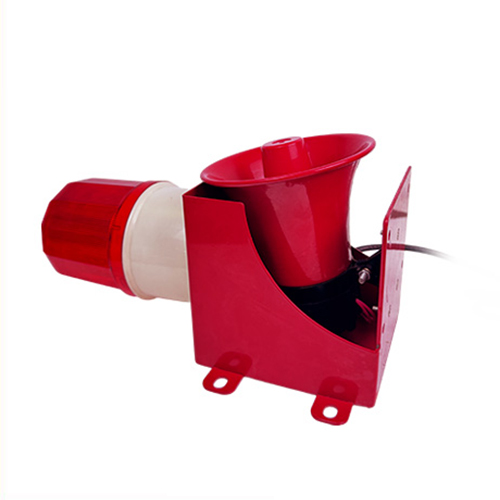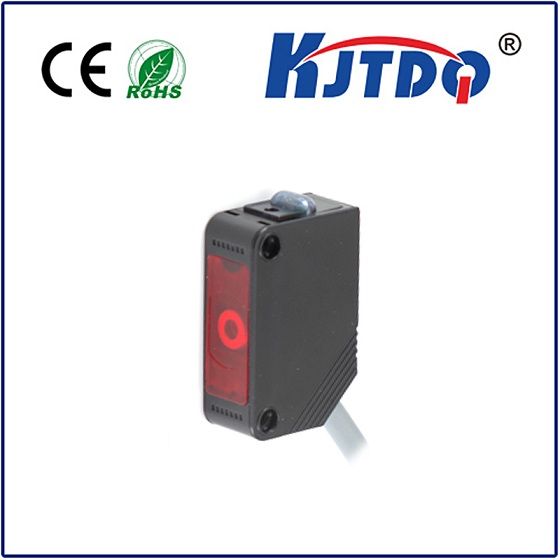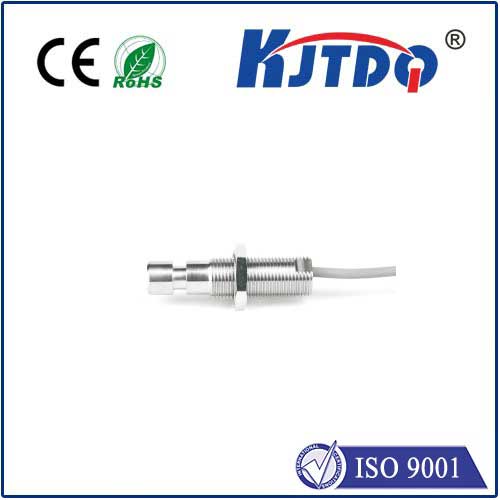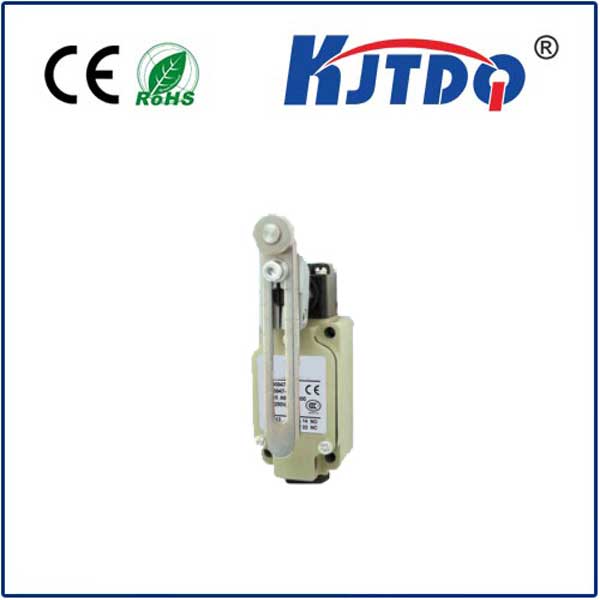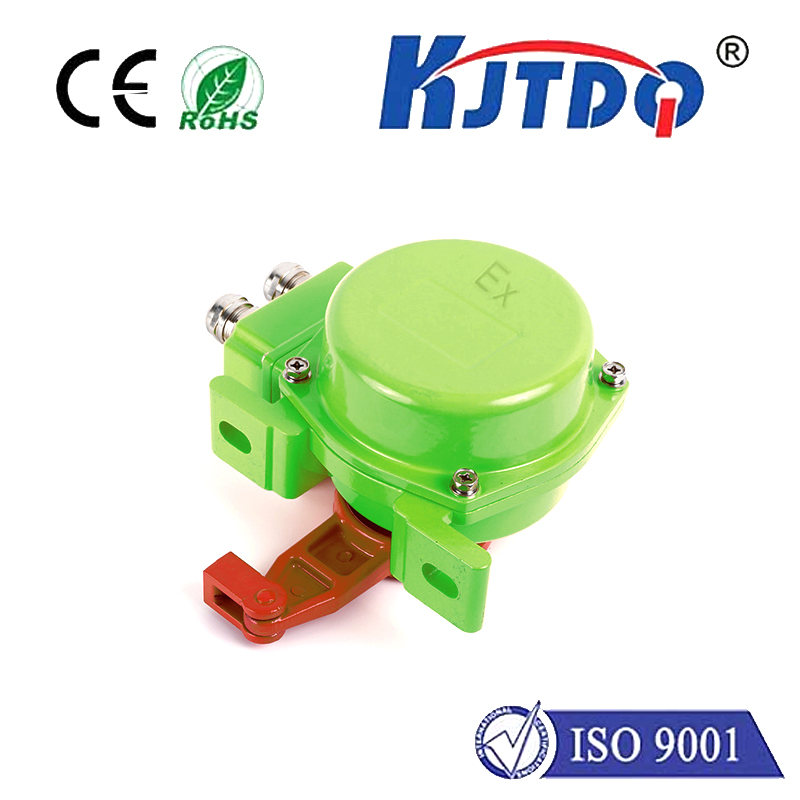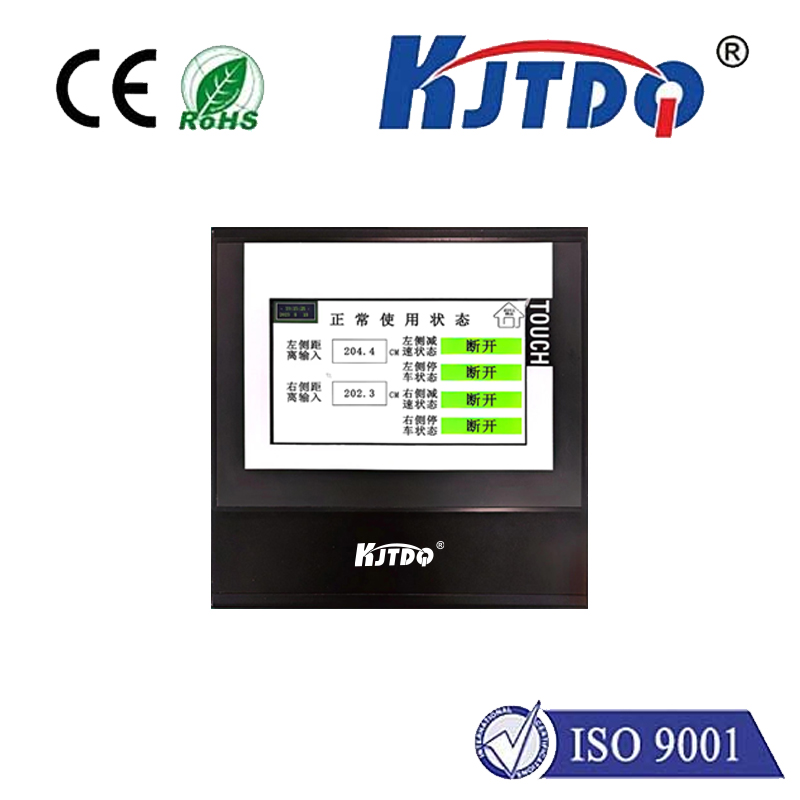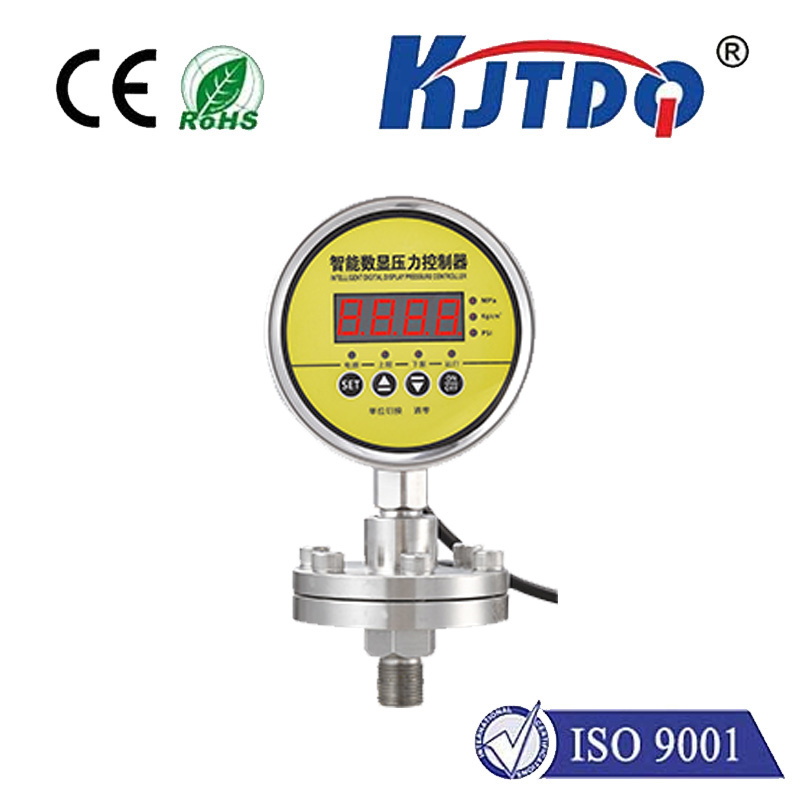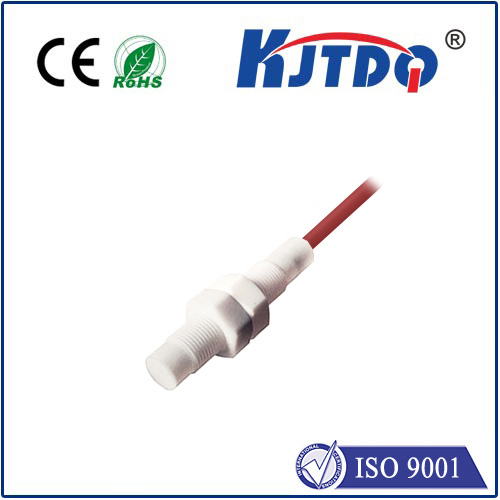

check

check

check

check

check

check

check

check

check

check
The advent of electric field proximity sensors has revolutionized the way modern technology operates. These tiny devices, embedded within various electronics and systems, provide accurate and seamless detection of objects in close proximity. Their ability to detect changes in the electrical field created by nearby objects has opened up a world of possibilities across diverse industries, from robotics and automation to healthcare and security.
In this article, we will explore how electric field proximity sensors have transformed various industries by providing precise and real-time information about the objects around them. We will delve into the technical details of these devices, their working principle, and the benefits they offer.
Section 1: The Power of Electric Field Proximity Sensors
Electric field proximity sensors work by measuring the changes in electric field strength around an object. The sensor emits an electric charge that creates a magnetic field. When an object comes into contact with the sensor, it alters the electric field, causing a change in the sensor's reading. This information is then used to determine the distance between the sensor and the object.
These sensors are incredibly small, making them ideal for integration into various devices and systems. They can be used to detect objects as small as a few millimeters, making them highly versatile. Additionally, they do not require any physical contact between the sensor and the object, ensuring that they can operate continuously without interruption.
Section 2: Transforming Industries with Precision Detection
One of the primary benefits of electric field proximity sensors is their ability to provide precise detection of objects in close proximity. This makes them highly suitable for a wide range of applications, including robotics and automation. For example, in industrial environments, robots can use electric field proximity sensors to navigate through complex terrain while avoiding obstacles. This ensures that they can operate efficiently without human intervention.
In healthcare, electric field proximity sensors can be used to monitor patients remotely. By detecting changes in body temperature or other physiological parameters, doctors can stay informed about a patient's condition even when they are not physically present. This technology is particularly useful for patients with chronic conditions that require continuous monitoring.
In the realm of security, electric field proximity sensors can be used to detect intruders in buildings or other secure locations. By emitting a warning signal when an object approaches, these sensors can deter intruders and alert security personnel immediately. This technology is especially useful in high-security environments where human intervention is not feasible.
Section 3: Technical Details and Working Principle
Electric field proximity sensors rely on the principles of electromagnetic fields and electrical circuits to function correctly. They consist of two main components: a transmitter and a receiver. The transmitter emits an electric charge that creates a magnetic field around it. As the charge moves through the air, it generates an electric field that extends outwards.
The receiver measures the strength and direction of the magnetic field created by the transmitter. By analyzing the data received from the receiver, the sensor can determine the distance between itself and the object it is sensing. This information can then be used to trigger specific actions based on the detected proximity.
Conclusion
Electric field proximity sensors have become an indispensable component of modern technology due to their ability to provide precise and real-time detection of nearby objects. Their versatility and ease of integration make them highly suitable for a wide range of applications, from robotics and automation to healthcare and security. As advancements in technology continue to push the boundaries of what is possible, it is likely that electric field proximity sensors will play an increasingly important role in shaping our future.
